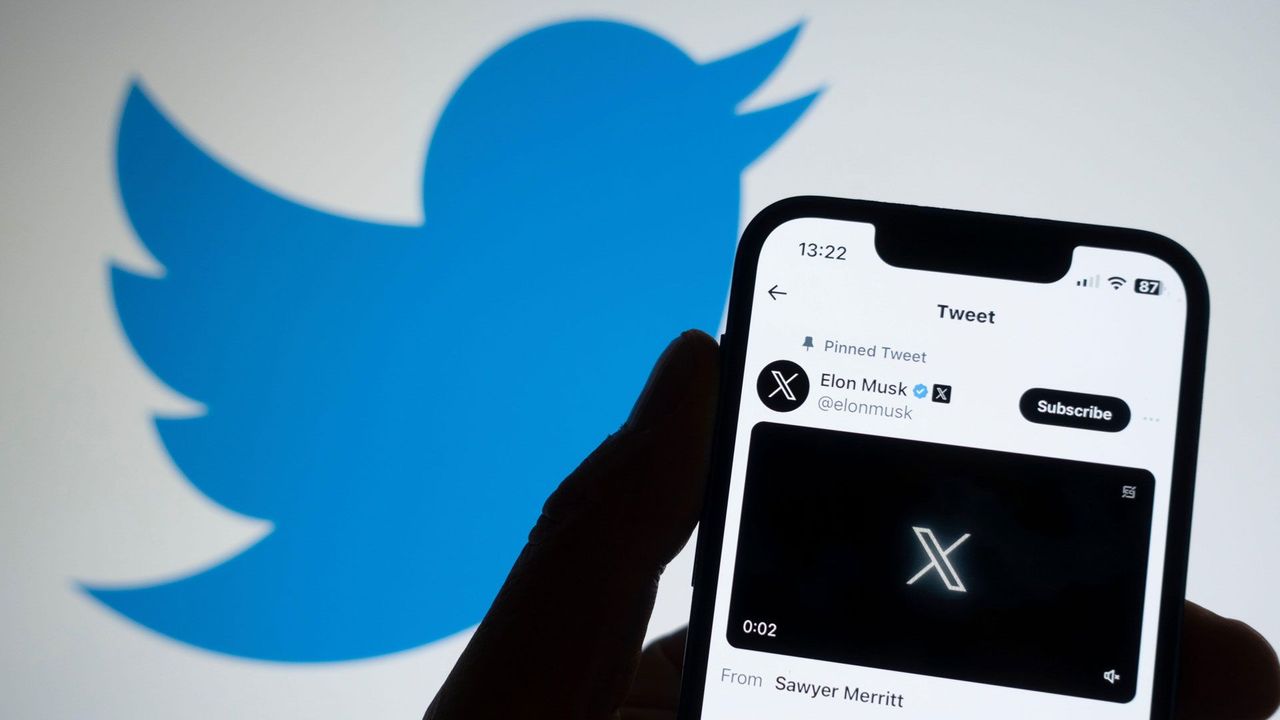By Sharveya Parasnis
Social media platform X (formerly Twitter) withheld the account of news agency Reuters in India on July 4, in response to a legal demand from the central government. X also reportedly withheld a second account, ReutersWorld, while permitting a number of other handles from the same agency.
X subsequently withdrew the account blocks on July 6, with a government spokesperson informing Reuters that the government had not made any request to X to withhold the accounts. The news agency also revealed that X had sent them an email on May 16, stating that the Indian government had made a request to withhold the accounts. Reuters could not ascertain if this email was linked to the recent blocks.
In addition, a report from the Hindustan Times stated that the government had sent a blocking order on May 7, which X had acted on now. Storyboard18 also cited the government sources stating that the recent Reuters account block appeared to be “a technical issue or confusion” on the part of X.
Operation Sindoor Brings Wave Of Online Censorship:
According to X, the government of India had sent over 8000 blocking requests to the social media platform, asking it to take down content from numerous news organisations and prominent X users.
This revelation came amidst a wave of online censorship brought on by the Indian government, accompanying the military conflict with Pakistan in May of this year. The government took down numerous accounts belonging to Pakistani news channels, influencers, actors, and politicians.
Back-and-forth On Blocks:
The government’s online censorship also showed a degree of unreliability, as an incident earlier this month showed. Accounts belonging to Pakistani social media influencers were suddenly available to Indian users before they were blocked again. The Government cited a ‘technical error’ for the earlier ‘unblocking’ of these accounts. The re-blocked accounts included the Instagram profiles of Saba Qamar, Mawra Hocane, Ahad Raza Mir, Hania Amir, Yumna Zaidi, and Danish Taimoor, among others.
X Sues The Indian Government On Content Takedowns:
X is currently suing the Indian government over the use of Section 79(3)(b) of the IT Act, 2000, to issue blocking orders. Section 79 of the IT Act guarantees intermediaries (like online platforms) immunity from liability for the content that a third party posts on their service. Part (3)(b) of Section 79, however, states that platforms can lose this liability if they fail to remove unlawful content after the Government or its agencies notify them about said content.
In particular, X objected to the government’s attempt to create a Sahyog portal that expedited the sending of blocking requests to intermediaries. Calling it a “censorship portal,” the social media platform argued that it bypassed existing legal oversight granted by section 69A of the IT Act and lacked any legal backing.
More recently, X also included Rule 3(1)(d) of the Information Technology (Intermediary Guidelines and Digital Media Ethics Code) Rules in its legal challenge against the government. This rule requires platforms (that have stored or hosted unlawful content) to take it down upon receiving actual knowledge about such content from a court order or a government agency. This was in response to the government arguing that reading Rule 3(1)(d) in conjunction with Section 79(3)(b) gave it the authority to empower agencies to issue takedown notices.
X’s chief argument was that the government had effectively created a parallel blocking process to Section 69A of the IT Act that allowed any government agency to take down online content.
